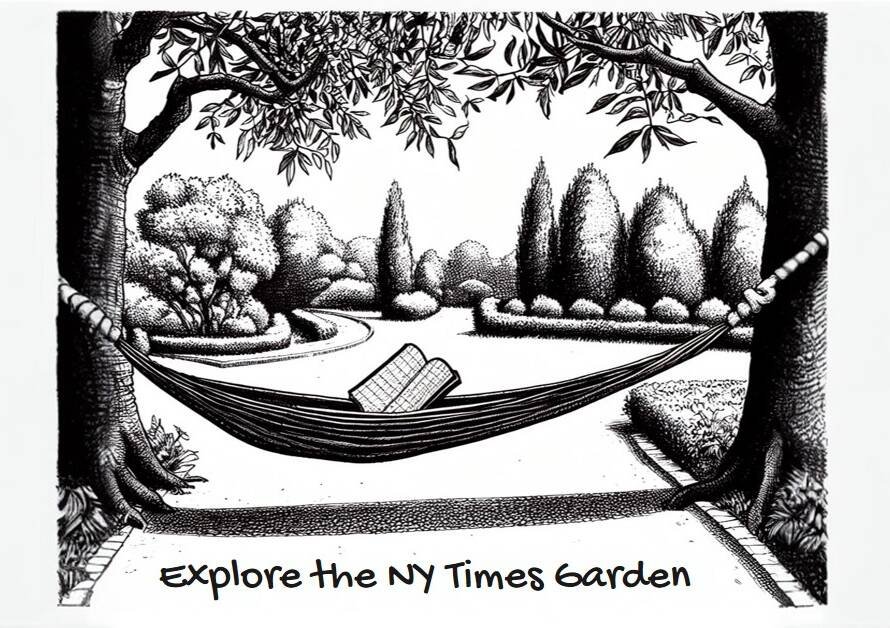
Table of Contents
Creativity is the lifeblood of exceptional architectural 3D renders, infusing them with character, emotion, and storytelling that captivate viewers and resonate deeply. As an architect, designer, or rendering artist, harnessing creativity in your renders not only showcases your unique vision but also sets your work apart in a competitive landscape. In this detailed guide, we’ll explore actionable strategies and techniques to add creativity to your architecture 3D renders, unlocking new realms of imagination and expression in your visual storytelling.
1. Embracing Conceptualization and Storytelling
At the heart of creative architectural rendering lies a strong conceptual foundation and compelling storytelling. Begin by immersing yourself in the project’s narrative, purpose, and design intent. Define key themes, emotions, and messages you want to convey through your render. Whether it’s capturing the essence of a futuristic cityscape or evoking nostalgia in a historical restoration project, aligning your visuals with a coherent narrative sparks creativity and imbues your renders with depth and meaning.
2. Exploring Diverse Design Styles and Themes
Creativity thrives in diversity, so don’t limit yourself to a single design style or theme. Experiment with a range of architectural styles, from minimalist and modernist to classical and avant-garde. Explore themes inspired by nature, culture, art movements, or futuristic concepts. Mixing elements from different styles or creating hybrid designs can lead to innovative and visually striking render compositions that challenge norms and inspire imagination.
3. Leveraging Advanced Rendering Techniques
Mastering advanced rendering techniques expands your creative toolkit and unlocks endless possibilities for visual expression. Dive deep into lighting techniques such as natural lighting, artificial lighting setups, mood lighting, and dramatic contrasts to evoke specific atmospheres and emotions in your renders. Experiment with materials, textures, and shaders to create tactile and visually engaging surfaces that enhance realism and storytelling in your architectural visuals.
4. Incorporating Human Scale and Interaction
Adding a human scale to your renders not only provides perspective but also injects life and narrative into the scene. Include human figures, animals, or everyday objects to create a sense of scale, activity, and lived experience within your architectural environments. Showcase interactions between people and spaces, depicting scenarios like leisure activities, work environments, social gatherings, or contemplative moments to make your renders relatable and immersive.
5. Playing with Composition and Visual Dynamics (3D Renders)
Composition is a powerful tool for creative expression in architectural rendering. Experiment with framing, angles, perspectives, and focal points to create dynamic and visually compelling compositions. Use leading lines, symmetry, asymmetry, and negative space creatively to guide viewers’ eyes and evoke specific emotions or narratives within your renders. Balance between architectural details and surrounding environments to create harmonious and impactful visual narratives.
6. Infusing Artistic Elements and Details
Artistic elements and intricate details breathe life and personality into your architectural renders. Incorporate artistic features such as murals, sculptures, graffiti, or custom artworks that complement your design themes and add layers of visual interest. Pay attention to small details like textures, patterns, foliage, weathering effects, and subtle imperfections that enhance realism and storytelling authenticity in your rendered scenes.
7. Experimenting with Color Palettes and Moods
Color plays a pivotal role in evoking emotions, setting moods, and defining visual identities in architectural rendering. Experiment with color palettes ranging from vibrant and bold hues to subdued and monochromatic schemes based on your project’s narrative and desired atmosphere. Explore color psychology to understand how different colors influence perceptions, emotions, and user experiences within architectural spaces, translating these insights into your render compositions.
8. Integrating Contextual Environments and Contextualization
Contextualizing your architectural renders within realistic environments enhances storytelling and strengthens visual narratives. Incorporate contextual elements such as landscapes, urban settings, climate effects, historical references, or cultural influences that reflect the project’s context and purpose. Showcase how your designs interact with surrounding contexts, natural elements, infrastructure, or urban dynamics to convey a holistic and immersive vision of the architectural concept.
9. Iterative Design and Feedback Loops
Creativity thrives through iteration and collaboration. Engage in iterative design processes, receive feedback from peers, mentors, or clients, and embrace constructive criticism as opportunities for growth and refinement. Iterate on design elements, compositions, lighting setups, and storytelling nuances based on feedback and self-assessment to continually elevate the creative quality and impact of your architectural 3D renders.
10. Embracing Innovation and Continuous Learning


Stay abreast of industry trends, technological innovations, and emerging tools that push the boundaries of creative expression in architectural rendering. Embrace new software features, plugins, rendering engines, real-time visualization tools, and immersive technologies such as virtual reality (VR) and augmented reality (AR) to expand your creative horizons. Invest in continuous learning, attend workshops, webinars, and networking events to collaborate with like-minded professionals and stay inspired on your creative journey.
By incorporating these strategies into your architectural rendering workflow, nurturing creativity, and pushing creative boundaries, you can transform your 3D renders into captivating visual stories that resonate with audiences, inspire awe, and showcase your unique design perspective in the ever-evolving world of architecture and design.



